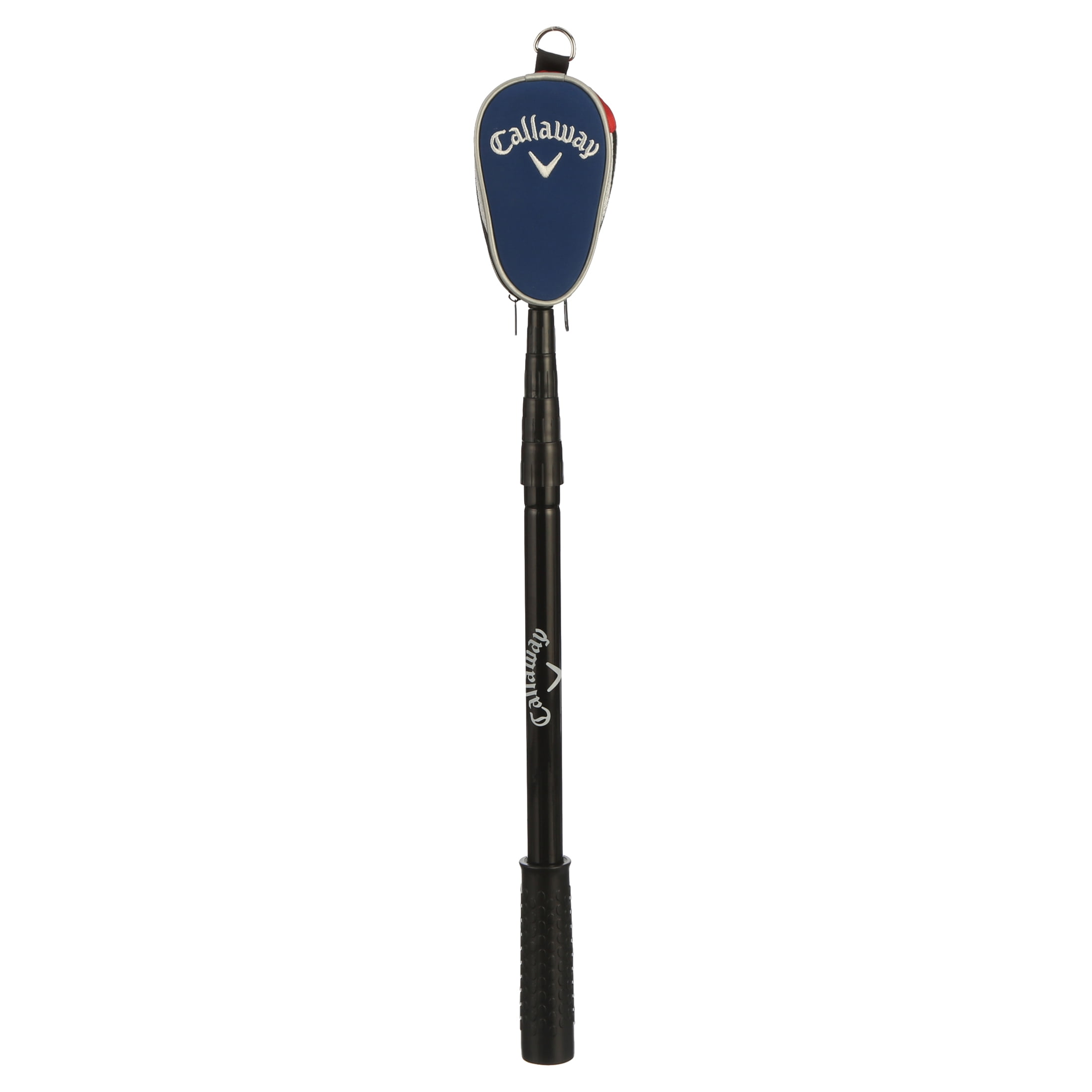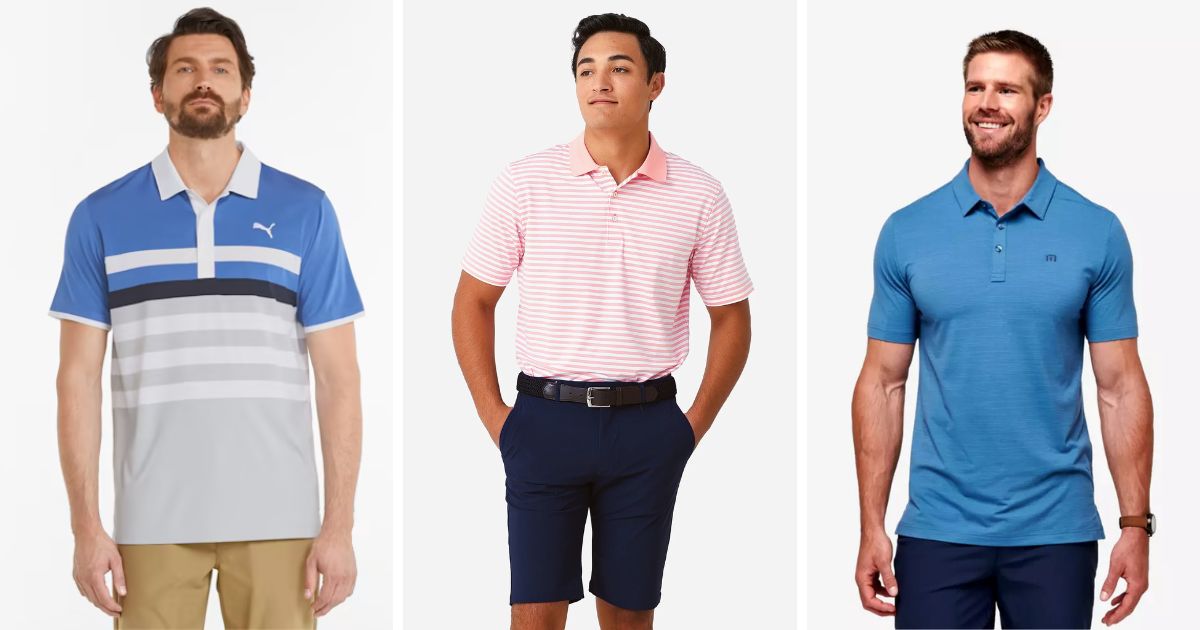Table of Contents
As an avid golfer, nothing is more frustrating than hitting a great shot only to see your ball disappear into the woods or water. That's where having a high-quality golf ball retriever can save the day! A good retriever allows you to quickly and easily fish balls out of hazards, keeping the game moving.
Why Use a Golf Ball Retriever?
There are several key reasons why every golfer should have a trusty golf ball retriever in their bag:
- Saves money by retrieving lost balls from hazards like water and thick grass
- Speeds up pace of play instead of hitting multiple provisional balls
- Allows you to recover from bad shots that go astray
- Provides exercise by reaching and bending to scoop up balls
- Environmentally friendly compared to leaving balls behind
Features to Look for When Choosing a Retriever
With so many golf ball retriever models on the market, it can be tricky to know which one will best suit your needs. Here are the key features to evaluate:
Reach Length
The maximum reach or depth of the retriever is crucial. For ponds and lakes, typically 8 to 15 feet is ideal. For deeper water hazards, specialty models with reaches over 20 feet are available.
Head Design
Look for a sturdy head with quality construction. Metal heads with rubber gaskets allow a secure grip on a ball to retrieval it. Some feature holes to release excess water as well.
Pole Material
Graphite or fiberglass poles are lighter weight while still offering strength to lift balls without buckling. Some telescoping models pack down smaller for storage.
Comfortable Grip
Having a foam or rubber non-slip grip enables easy handling when reaching for submerged balls, especially with wet hands.
Additional Features
Some advanced retrievers add helpful extras like head covers to keep the gear clean, ball cleaning brushes, ball marking tools, and mounting clips for attaching to a golf bag.
Reviews of the Top Golf Ball Retrievers
Now that you know what to look for let's review some of the leading golf ball retriever models on the market and see how they stack up...
Callaway Quadpod Retriever

If you want the ultimate in both performance and versatility, the feature loaded Quadpod from Callaway is a top choice. It ticks all the boxes with a 15-foot graphite shaft, durable metal head with rubber gasket, and foam comfort grip. Bonus built-in tools include a magnetic ball marker, brush, and spike cleaner stored neatly in the grip.
KERNIX Retriev-R-Clean

This offering from KERNIX is purpose built for simplicity and efficiency. A sturdy fiberglass pole reaches 10 feet while the notched rubber head is designed to easily capture balls in tricky positions. The grip handle doubles as a built-in club groove brush for fast cleanup while out on the course.
Callaway Deep Water Retriever

When facing ponds, lakes, or streams with depths exceeding 15 feet, the Callaway Deep Water model is the retriever you need. The extra-long telescoping pole extends an impressive 24 feet while the slip-resistant grip and durable metal head allow fishing balls out of the deepest water hazards.
FLYENTEN Collapsible Retriever

MAXIMUM compact portability is the claim to fame of this offering from FLYENTEN. Despite an impressive 12 foot reach, the pole and head collapse down small enough to fit in your pocket without taking up valuable space on your golf bag. Don't let the compact size fool you - the carbon fiber and ABS plastic construction makes this handy retriever surprisingly durable.
How to Effectively Use Your Golf Ball Retriever
Now that you've selected the right golf ball retriever for your needs, let's go over some best practices for effectively putting it to use out on the links:
- Consider wind direction - Approach the hazard from downwind so the ball floats towards you
- Use careful foot placement - Avoid slipping down steep banks into water
- Grip pole securely - Keep control when lifting heavy soaked balls
- Scoop below ball - Dig into muck for partially buried balls
- Lift smoothly - Allow excess water to drain out holes in retriever head
- Practice good etiquette - Be efficient and don't excessively delay other golfers
With some practice, you'll be expertly fishing balls from all sorts of tricky spots and avoiding those frustrating penalty strokes. Don't forget to clean off any mud and debris before taking your next shot!
Maintaining Your Golf Ball Retriever
Taking proper care of your gear ensures it's ready for reliable service every round. Follow these golf ball retriever care tips:
- Rinse off dirt after each use
- Wipe down telescoping joints
- Check for cracks in the pole
- Replace deteriorating foam grips
- Store with cover on retriever head
- Collapse retrievers before bagging
With routine cleaning and inspection for damage, a quality golf ball retriever should deliver years of ball-saving performance.
The Takeaway: Don't Be Caught Without One!
Hopefully this breakdown clearly shows why a golf ball retriever is an essential piece of equipment for every player. The right retriever saves you money, speeds up play, provides needed exercise, and keeps the course clean. Invest in a durable model with useful features to effectively tackle all those bodies of water, dense woods, and tangled brush.
With your trusty new golf ball retrieving sidekick by your side, you'll save strokes, frustration, and lost balls. Now those great shots that veer slightly off course don't have to be left behind for good thanks to the power of retrieval!
FAQs
How do I choose the right golf ball retriever reach length?
For ponds and lakes, a retriever with 8 to 15 feet of reach usually works well. For deeper water hazards, you may need an extended reach model that extends over 20 feet to reliably fish balls out.
What kind of head is best for grabbing golf balls?
Look for a durable retriever head made of metal with a rubber gasket. This allows a secure grip on golf balls for easy retrieval from the water. Some designs have holes to release excess liquid as well.
Why are graphite and fiberglass the best materials for golf ball retriever poles?
Graphite and fiberglass offer strength to lift waterlogged golf balls without excessive flexing or buckling, while still being fairly lightweight for easy handling during use.
How can I easily store my golf ball retriever in my golf bag?
Some higher end retrievers feature collapsible poles and heads that pack down small to fit in your pocket or tightly pack down into a bag without consuming excess space reserved for golf clubs.






.jpg)
.jpg)
.png)





